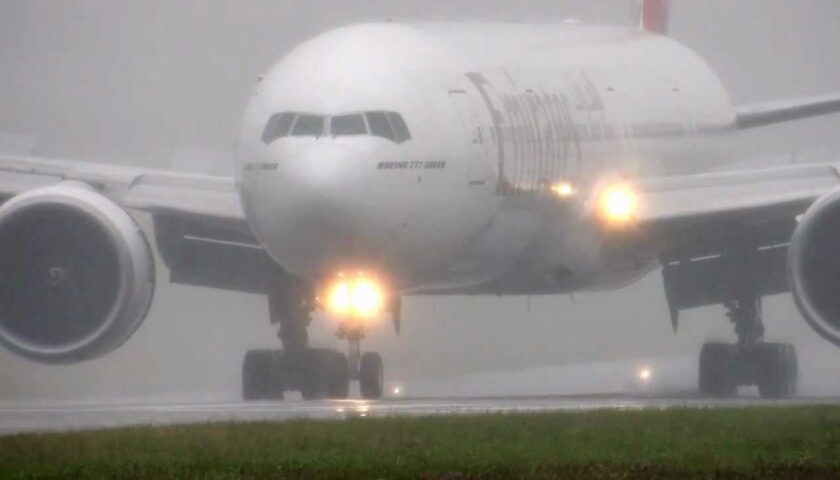The safe evacuation of all 379 person on JAL flight 516 demonstrates only one fact that no matter how bad the situation or substantial damage to the aeroplane, a very high level of occupant survivability can be achieved. Effective crew procedures, CRM training and actions play an important role in effecting a safe and rapid evacuation. But equally important factor is passenger behaviour and reaction to the dangerous situation. In aviation we learn from accidents and incidents, generally reflect on what went wrong and can be further improved to make it safer. However, in the present case we need to examine which equipment and procedure worked well and emphasise on them for successful evacuation in future.
While air travel has been the most preferred and safest mode of travel for public for decades. Safe evacuation of all the passengers has further demonstrated the importance of crew procedures and training, together with leadership qualities, communication skills and coordination. The main idea of this article is to highlight few recurring issues that are cause of concern for flight crew.
- Passengers taking carry-on baggage with them in evacuation. This leads to significantly more time for evacuation due to reduced mobility and also may lead to injury while using slide or jumping out.
- Some passengers use mobile phones and other equipment to record events both inside the passenger cabin and post evacuation. Such actions can potentially impede the flow of passengers to emergency exits, and delay a rapid evacuation.
- After evacuation passenger are seen close to stricken aircraft. Instead they should move move upwind away from the aircraft as early as possible. Thus they will not obstruct Rescue and Fire Fighting Service Vehicles and personnel in their job.
- The increasing number of disruptive passenger incidents are a cause of serious concern. Passengers under the influence of alcohol or drugs are unable to understand or refuse to comply with crew instructions in an emergency. Once again the present incident highlights the importance of restricting sale of alcohol at the terminals/on board the aircraft.
- Passengers unable to open emergency exit, which could be due to panic or not paying attention during briefing.
- Hesitating or refusing to open or jump from emergency exit.
- Panic or lack of appreciation of emergency situation.
The Crew to Passenger briefing plays a very crucial role in preparing the passenger for evacuation. How many of us as a passenger pay attention to the verbal briefing by crew or go through the safety briefing card. We all know the answers. This is something we need to introspect.
The aviation regulator may look into the above aspects and device ways to further strengthen the safety system. Safety is everyones responsibility and it is only as strong as the weakest link in the chain.
Be alert. Stay safe. Jai Hind.



